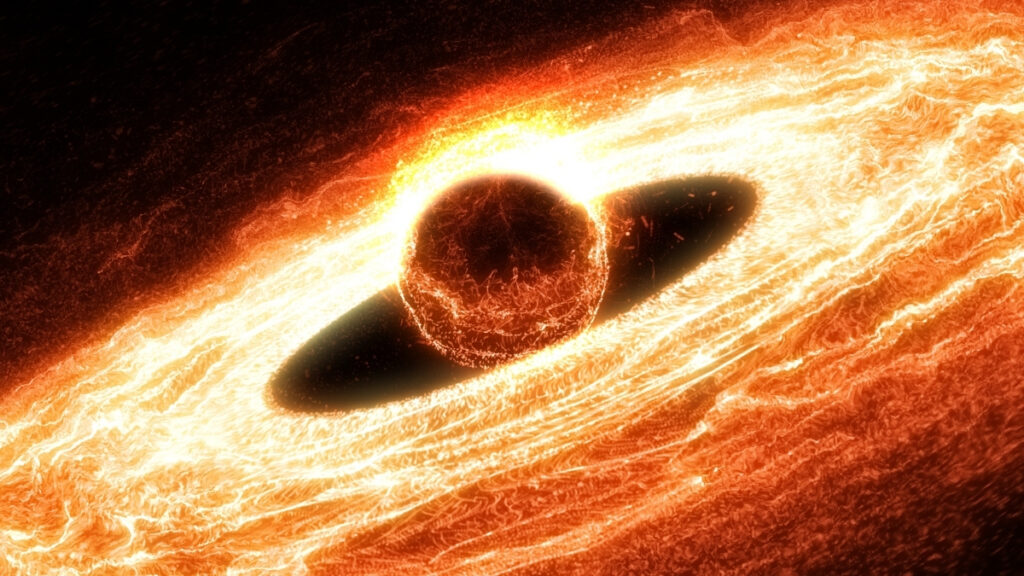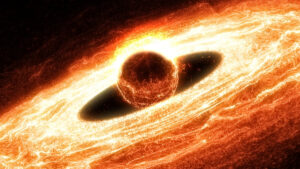
The James Webb Space Telescope (JWST) has potentially identified the first significant evidence for the existence of a hypothetical celestial object known as a dark star. This discovery could illuminate numerous unresolved questions in physics. Dark stars, while an unusual concept, would still emit light and energy, albeit not through nuclear fusion like conventional stars. Instead, their energy would derive from a core of interacting dark matter particles.
According to Cosmin Ilie, an astrophysicist at Colgate University, “Supermassive dark stars are extremely bright, giant, yet puffy clouds made primarily out of hydrogen and helium, which are supported against gravitational collapse by the minute amounts of self-annihilating dark matter inside them.”
New Findings from Distant Observations
The research team analyzing four of the most distant astronomical objects discovered that all exhibit characteristics consistent with dark stars. Particularly noteworthy is one object that displayed a specific light absorption feature at a wavelength of 1,640 Angstrom, a signature indicative of dark stars stemming from singly ionized helium in their atmospheres. Ilie commented, “While the signal-to-noise ratio of this feature is relatively low, it is the first time we found a potential smoking gun signature of a dark star. Which, in itself, is remarkable.”
Since its launch in 2021, JWST has provided unprecedented insights into the early Universe, capturing images of what appear to be massive galaxies from an era when their growth should have been limited by time constraints. Astrophysicists hypothesized that dark stars, with potential masses equivalent to one million Suns, could resemble galaxies at such vast distances.
The latest study delves into the spectra and morphology of these four distant objects. One appears to align with a point source, while the remaining three show a more diffuse structure, suggesting they could be dark stars enveloped by nebulae of ionized hydrogen and helium. Nevertheless, the researchers acknowledge that these objects could still be interpreted as galaxies, raising further questions about their nature.
Implications for Understanding Dark Matter
The concept of dark stars, although theoretical, may hold the key to resolving several mysteries in contemporary astrophysics. Their existence could offer insights into the nature of dark matter, and their eventual demise might lead to their transformation into black holes of substantial mass. The early emergence of supermassive black holes in the Universe, with masses that seem implausible according to current growth theories, may find a plausible explanation through dark stars.
While additional observations are essential to validate the identities of these distant objects, their implications for our understanding of cosmic evolution could be profound. The research findings were published in the journal PNAS and contribute to a growing body of work that challenges existing paradigms in astrophysics. As the JWST continues its mission, it may redefine our understanding of the Universe and the fundamental laws that govern it.







